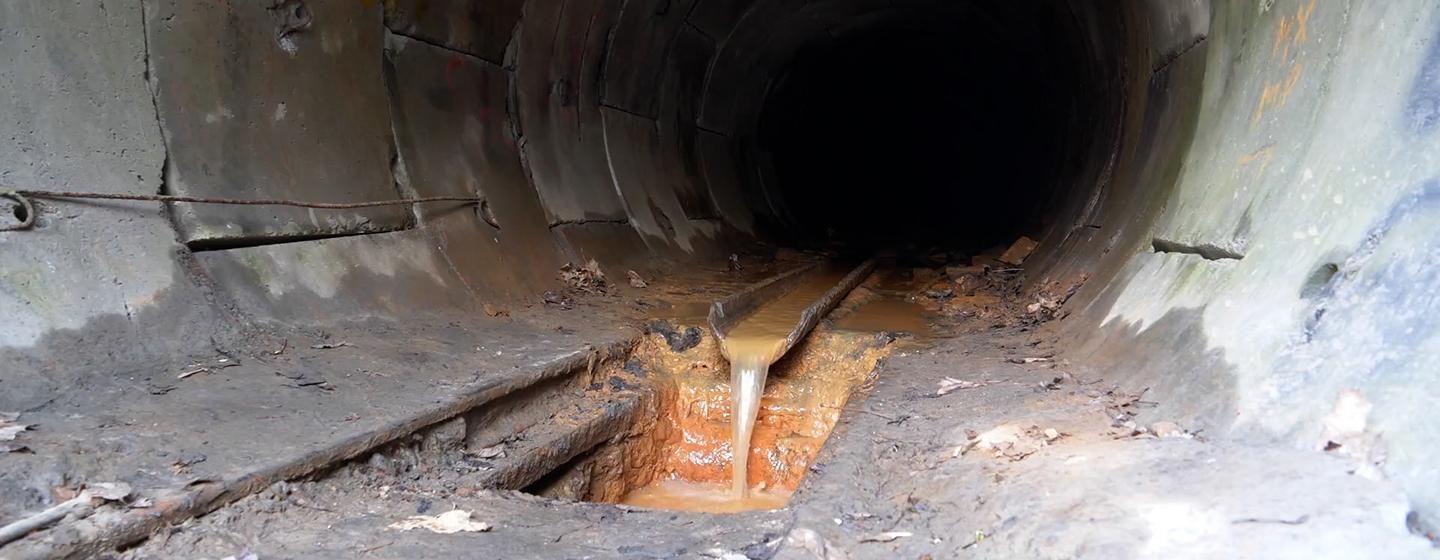Great Lakes Now, Smart Sewers and Sunken Aircraft
PBS Western Reserve (WNEO 45.1 / WEAO 49.1):
Sunday, Sept. 7, at 11 AM
In this episode of GREAT LAKES NOW, a high-tech approach for keeping sewage out of waterways takes shape in South Bend, Indiana, a look at the story behind World War II aircraft sitting at the bottom of Lake Michigan, and The Catch offers news from around the Great Lakes.
How Smart is Your Sewer?
Once upon a time, the St. Joseph River flowing through South Bend, Indiana was so polluted nobody dared go near it. The river was teeming with salmonella, E. coli, and other dangerous bacteria. That’s because like many other communities around the Great Lakes, South Bend has a combined sewer system that mixes rainwater with raw sewage. During heavy storms, all that dirty water can overwhelm the city’s water treatment plant, causing what’s called a combined sewer overflow or CSO.
In 2012, under a Federal consent decree, the EPA ordered South Bend to clean up its act. The plan was to build enormous underground holding tanks. But, the price tag was too high at about $1 billion. So city officials went in search of a solution.
Lost WWII Planes in Lake Michigan
After the bombing of Pearl Harbor, the United States Navy realized it needed to quickly train new pilots to take off and land on aircraft carriers. With German and Japanese submarines patrolling both the East and West coasts, the Navy needed to find another option, so they looked to the Great Lakes.
Two excursion ships were purchased and wooden flight decks were added to create makeshift aircraft carriers. In October of 1942, on the waters of Lake Michigan, the U.S. started qualifying 15,000 pilots on those ships, the USS Wolverine and the USS Sable. During that time more than 130 planes ended up in the lake.
The Catch: News about the Lakes You Love
Keep up with the Great Lakes’ biggest issues. Find out how environmental challenges are impacting your enjoyment of the outdoors and the health of the ecosystem. Go beyond the headlines with reporters from around the region. Learn about the lakes you love in Great Lakes Now’s newest segment — The Catch. This month, stories about Great Lakes jellyfish, the St. Lawrence River and how culturally relevant resources can help communities make healthier decisions.




